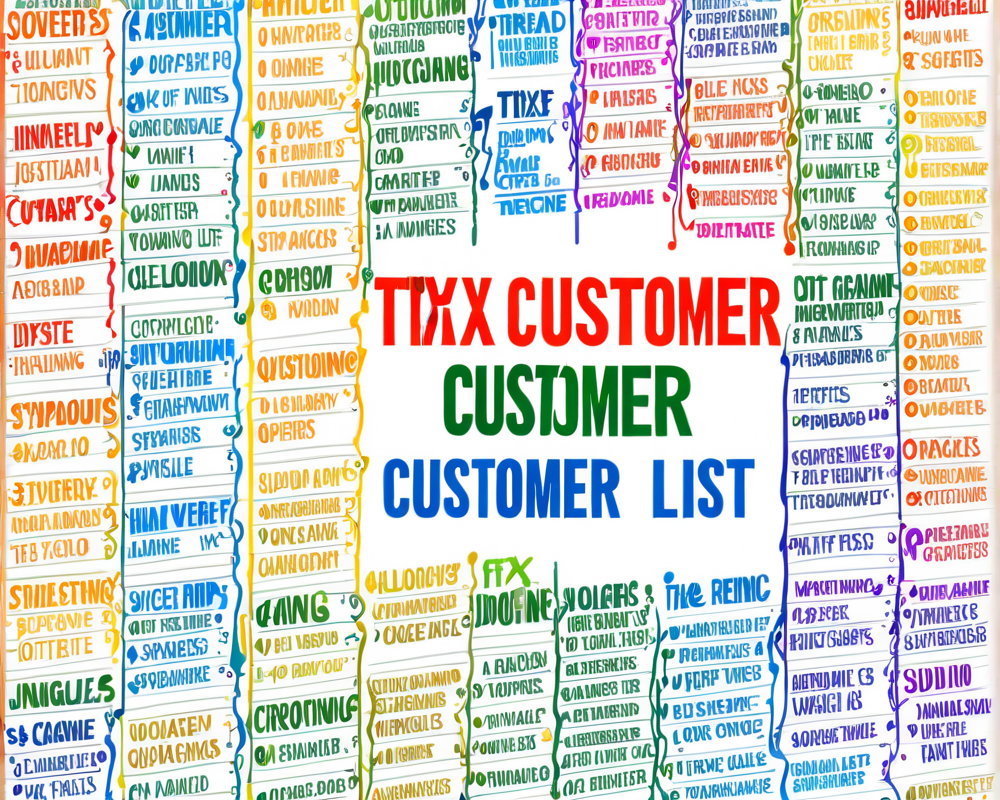Unmasking the Node Hosting Network
With a staggering 4,653 active Ethereum nodes, a majority seem to be huddled under the warm blanket of centralized cloud service providers. This raises some eyebrows about the credibility and safety of the Ethereum ecosystem. Crypto analytics platform Messari revealed that about 69% of these nodes are hosted by just three major cloud providers. Take a guess who’s at the top? It’s the tech giant, Amazon Web Services (AWS), holding a hefty 50% slice of that pie.
The Dominance of Cloud Providers
Let’s break it down further: Hetzner has captured over 15% of these nodes, followed by OVH, which holds a modest 4.1%. But wait, there’s more on the board! Other players include Oracle (4.1%), Alibaba (3.9%), and Google (3.5%), all pitching in their hosting services to keep the Ethereum ship afloat. This shows a rather lopsided distribution that could lead to some serious consequences down the line.
Why Does Centralization Matter?
Now, you might be wondering: Why should I care about this? Well, as Messari points out in a 2020 report, the higher costs associated with running node infrastructure steer Ethereum users towards these pocket-friendly cloud computing providers. This setup could lead to “central points of failure.” Think about it: if a centralized service provider faces downtime or gets shut down, we’re in for a rocky ride!
The Solana Parallel
Ethereum isn’t alone in this predicament. Solana, another prominent blockchain network, faces similar node distribution challenges. Here, Hetzner takes the lead with a whopping 42% of the hosted nodes while OVH and AWS follow closely behind with 26% and 3% respectively. Shall we say it’s the same dance, just a different tune?
Geographic Concentration: The Elephant in the Room
Here’s another twist in the road: geographical concentration of these nodes shows that a staggering 46.4% are located in the United States, while Germany holds its ground with 13.4%. This means that government intervention in either of these two countries could send shockwaves through Ethereum’s decentralization efforts. One wrong move, and we could be in deep waters!
Final Thoughts
The Ethereum network, for all its promising tech and decentralized goals, is still a little lopsided in its node hosting. As it stands, the reliance on a handful of centralized cloud services could not just hinder its growth but also place it at risk. Let’s keep our fingers crossed that the winds of change will soon blow a little northeast, toward a more resilient network!




